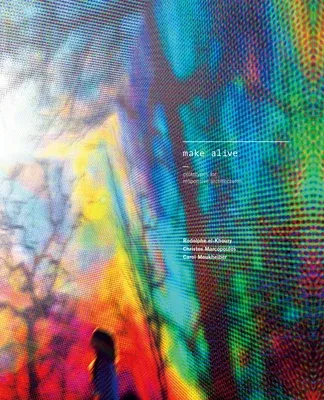The migration of computing from dedicated appliances to physical
environments, thanks to increasingly proliferating microchips and
ever-expanding information networks directly implicates and empowers
architecture as a transformative agent and medium. The fact that objects
can now sense, think, act, and communicate with the help of embedded
technology is opening up the potential for an architecture that is more
closely aligned with the networked dynamics of living systems - a
sentient architecture. The technological enhancement of physical matter
charts a movement away from a mechanical paradigm towards a biological
model. The shift manifests itself on several levels, from the micro
scale in the form of new composite or "smart" materials capable of
registering and responding to external stimuli, to larger network
formations between people, objects, spaces, and landscapes. Radical
artifice here serves to imitate nature, enmeshing built environments in
a complex web of interactions whose emergent properties approximate the
resiliency of natural ecologies. It is precisely this fine attunement to
life that has made these emerging technologies pertinent in dealing with
a wide range of issues from the therapeutic benefits to the body, to the
mediation of global and climatic energy systems. The projects featured
in this book demonstrate in working prototypes architectural
applications of synthetic sentience in the broad research area of
ambient intelligence, focusing on: Immersive Spaces, Hybrid Living
Systems, Responsive Cladding, Surface as Interface, Augmented Building
Technologies, and Individuated Experience. Initial informal efforts have
evolved with this team into a focused and funded university-based
research. The projects establish a collaborative platform involving
designers, scientists, and engineers and a new family of spatial
problems where, architecture is re-charged.

